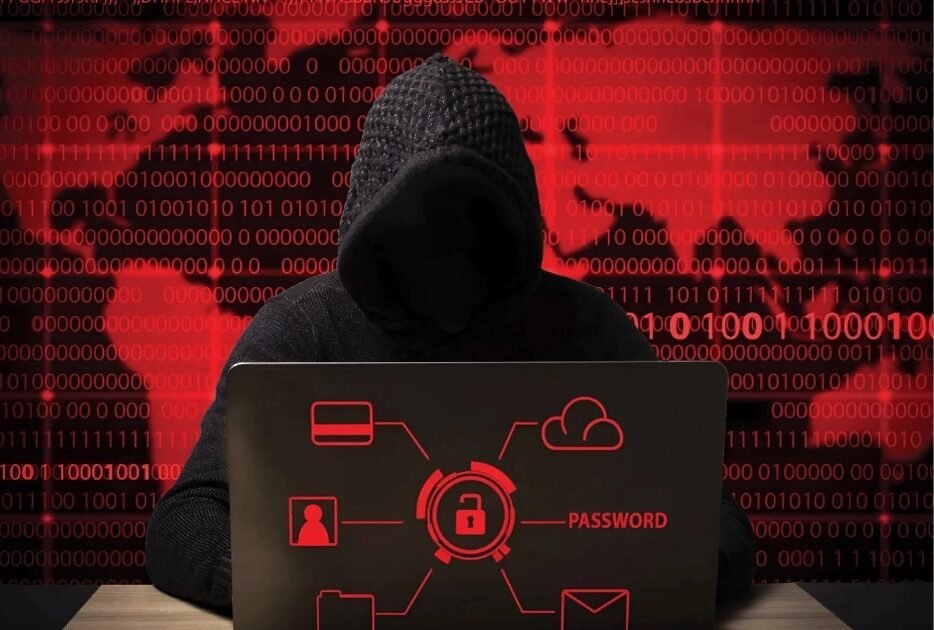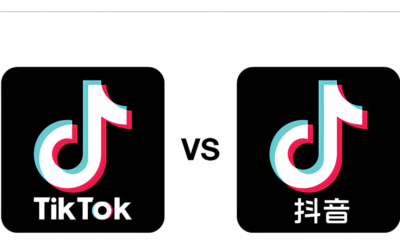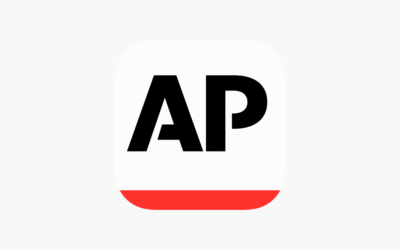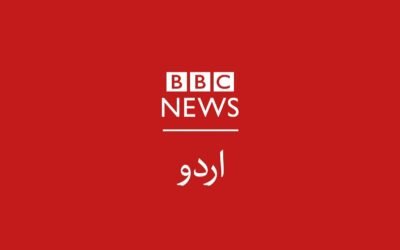Who Are These Separatist Groups?
Some groups in Pakistan want to break away and form new states. These include Baloch, Pashtun, and Sindhi separatists. Groups like the Fitna al Hindutan (FAH) that includes Baloch Liberation Army (BLA), the Baloch Yekjehti Committee (BYC), and Jeay Sindh Muttahida Mahaz (JSMM) use the internet to spread their message. They post on Facebook, X, and YouTube. They show Pakistan as unfair and cruel. But many of these stories are fake or twisted. Their real goal is to create anger and divide the country.
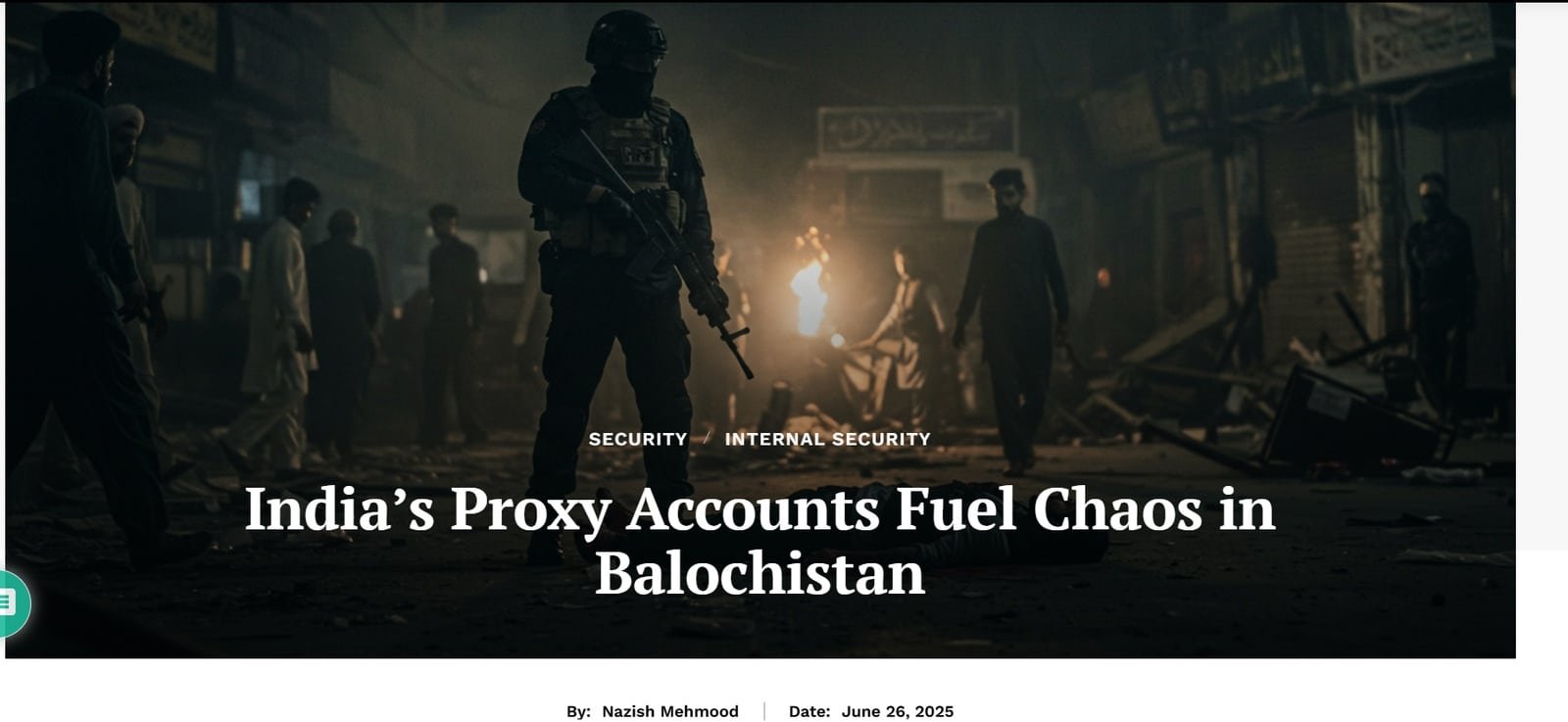
Source: Policy Wires
How do They Use Social Media to Spread Lies?
These groups use photos and videos to get sympathy. They use hashtags like #FreeBalochistan and #Sindhudesh. Some videos show women crying or protesting in cities like Quetta and Turbat. But many of these clips are old or fake. Some were taken to other countries. These videos are edited to portray Pakistan in a negative light. They want people outside Pakistan to feel sorry for them and speak against the state. But the truth is often very different.
Fake Images and Emotional Tricks
Separatist groups use fake photos and AI videos to play with emotions. In one case, they showed a video of a fake train hijacking. It was made with AI tools. They said it was in Balochistan. But it was not real. It was made to make people angry and feel sorry for the Fitna al Hindustan (FAH), formerly known as BLA.
Short videos on TikTok also praise FAH fighters. These videos grew from 50 in 2015 to more than 1,200 in 2024. Millions of people in Balochistan watched them. Most of these videos were full of hate against Pakistan and the CPEC project.
Baloch, Pashtun, and Sindhi Separatism
Baloch Separatists:
Groups like FAH and BYC claim the army takes Baloch land and steals natural gas. They post sad photos and angry quotes. Many of their posts are fake or taken out of context. Their goal is to get foreign support and money.
Pashtun Separatists:
Some PTM leaders used social media to raise issues. But some videos turned violent or anti-state. In late 2024, the group was banned. The government said it had links with extremist groups.
Sindhi Separatists:
JSMM shares songs and slogans for a separate Sindh. They post stories about hate and division. But many of their members later left and joined peaceful politics. They said JSMM had links to foreign funding and misled the youth. JSMM is now banned in Pakistan
How does This Hurts Our Youth and Minorities?
Many young people see these videos and start to believe them. In far-off areas, students feel ignored. They join online groups that push hate. They think Pakistan does not care about them.
You May Like To Read: The Rise of Deepfakes and Synthetic Media (IW4)
Minority groups also suffer. Some posts use lies to turn people against each other. In one case, a false story about a Christian man burning pages of the Quran led to mobs burning churches in Jaranwala. These lies started online and led to real violence.
Foreign Support and Fake News Media
Some media outside Pakistan repeat these false stories. Indian media often boosts Baloch or Sindhi stories. They act like these are real news, even when there is no proof. These fake reports are part of a plan to harm Pakistan’s name worldwide.
They ignore the truth: Pakistan is building schools, roads, and ports in Balochistan and Sindh. Local people are now part of this growth. But the outside world often hears only one side of the story.
How Pakistan Is Fighting Back?
1. Blocking Fake Accounts
Pakistan has removed hundreds of fake pages that spread hate. These include accounts linked to FAH and FAK. In 2025, Pakistan asked social media companies to take down 480 accounts that shared terror content.
2. Sharing the Truth
State media and newspapers now show real stories from Balochistan, Sindh, and Khyber Pakhtunkhwa. Schools and youth groups teach students to check facts before they share something online.
3. Local Leaders Speak Out
Some former JSMM members now wave the Pakistani flag and speak against hate. They say peace, not violence, is the way forward. Their stories are shared online to stop other young people from joining separatists.
4. Building Roads, Schools, and Jobs
The state is building many new roads, hospitals, and schools in Balochistan and Sindh. Local leaders are included in new development plans. CPEC is also bringing jobs to the region.
5. Watching the Internet
Pakistan uses the Prevention of Electronic Crimes Act (PECA) to catch those spreading lies. Social media rules are stronger now. The government has also formed cyber units to monitor hate posts.
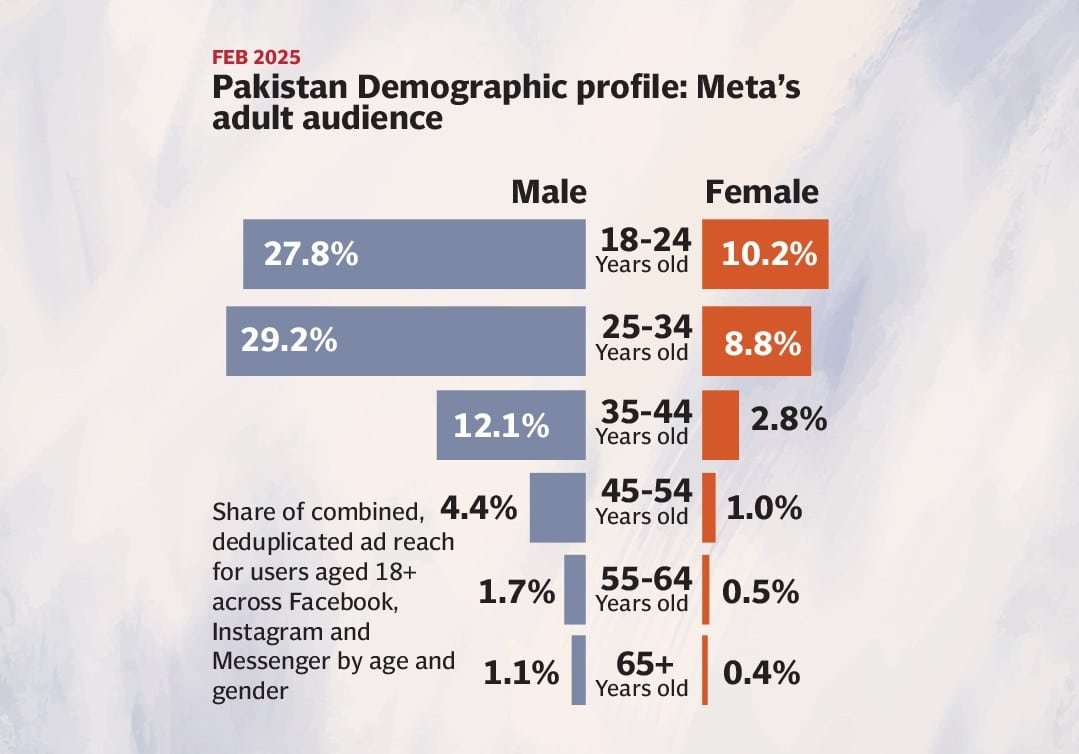
Image Credit: Tribune
Truth Is Stronger Than Lies
Separatist groups want to break Pakistan. They use lies, fake photos, and sad stories to confuse people. But the state of Pakistan is ready. It is fighting these lies with facts, unity, and real progress.
You May Like To Read: Weaponizing Data and Algorithms: Behind the Curtain of Manipulation (IW5)
Pakistan is not perfect. But it is trying. It is building new schools and roads. It is talking to local leaders. It is making life better for everyone.
When people know the truth, they stop believing in hate. When students learn how to check facts, they stop sharing lies. When families speak with love and care, hate finds no home.
Pakistan’s people are strong. From Karachi to Gwadar, from Quetta to Peshawar, we are one. The state protects every citizen—no matter where they are from or what they believe.
The digital war is real. But with unity, truth, and development, Pakistan will win it.

